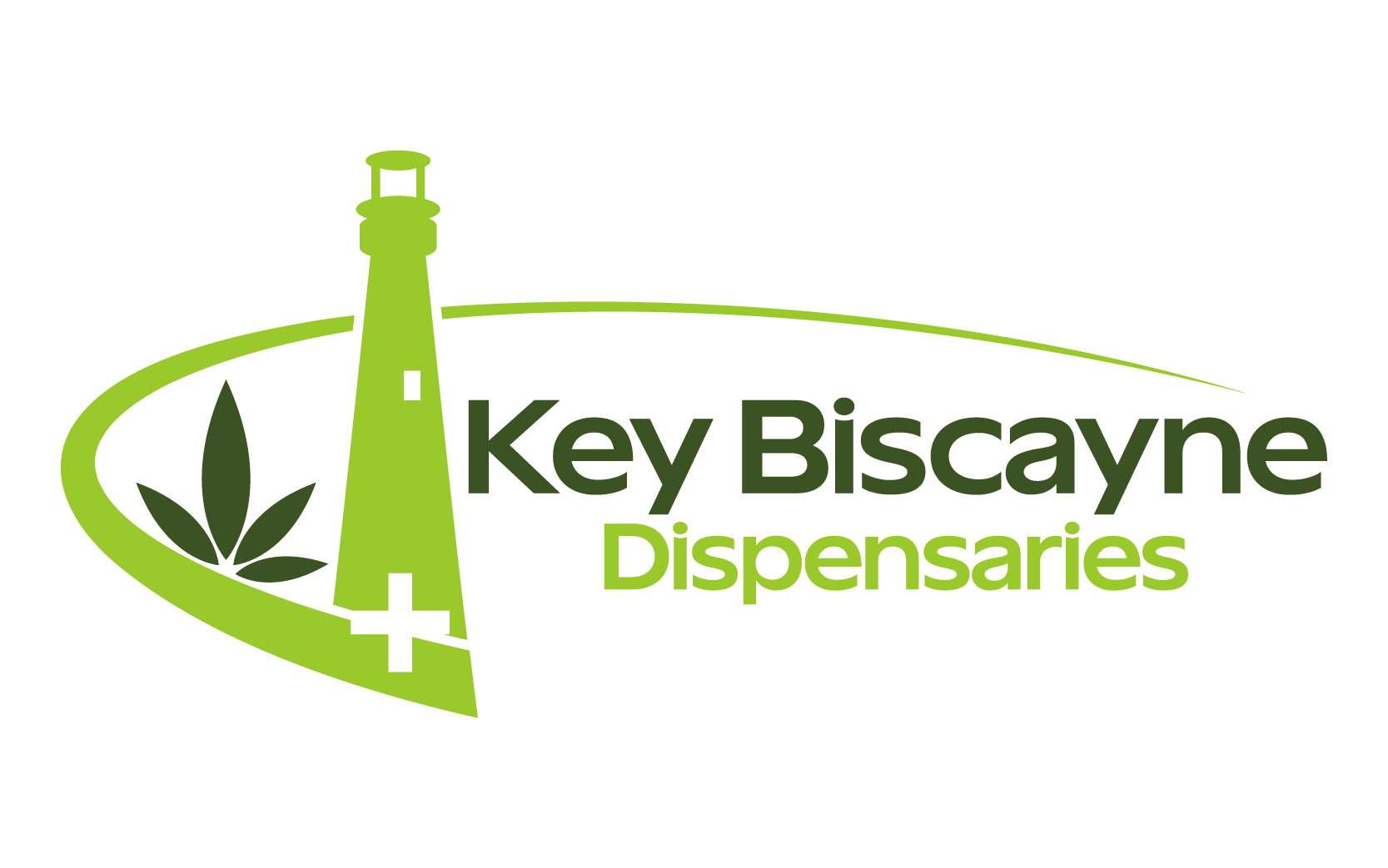As of February 2024, the landscape of medical cannabis legalization in the United States has expanded significantly. According to the Centers for Disease Control and Prevention (CDC), 47 states, the District of Columbia, and three territories (Guam, Puerto Rico, and the U.S. Virgin Islands) have enacted laws permitting the use of cannabis for medical purposes.
States with Comprehensive Medical Cannabis Programs
Comprehensive medical cannabis programs allow for the use of cannabis products beyond cannabidiol (CBD) or low-tetrahydrocannabinol (THC) formulations. As of February 2024, 38 states, the District of Columbia, and three territories have implemented such programs. These states include:
- Alaska
- Arizona
- Arkansas
- California
- Colorado
- Connecticut
- Delaware
- Florida
- Hawaii
- Illinois
- Louisiana
- Maine
- Maryland
- Massachusetts
- Michigan
- Minnesota
- Mississippi
- Missouri
- Montana
- Nevada
- New Hampshire
- New Jersey
- New Mexico
- New York
- North Dakota
- Ohio
- Oklahoma
- Oregon
- Pennsylvania
- Rhode Island
- South Dakota
- Utah
- Vermont
- Virginia
- Washington
- West Virginia
These programs typically provide patients with access to a variety of cannabis products for a range of qualifying medical conditions.
States with Limited Medical Cannabis Programs
In addition to the comprehensive programs, 14 states and two territories have established medical cannabis programs that are more restrictive, often limiting the use to CBD or low-THC products for specific medical conditions. These states include:
- Alabama
- Georgia
- Idaho
- Indiana
- Iowa
- Kansas
- Kentucky
- Nebraska
- North Carolina
- South Carolina
- Tennessee
- Texas
- Wisconsin
- Wyoming
These programs generally permit the use of cannabis-derived products with low THC content, primarily for conditions such as epilepsy or other severe illnesses.
States Without Public Cannabis Access
As of February 2024, three states—Idaho, Kansas, and Nebraska—and one territory, American Samoa, do not have any legal cannabis programs, either for medical or recreational use.
Recent Developments
The trend toward medical cannabis legalization has continued to evolve. For instance, in November 2023, Ohio became the 24th state to legalize recreational marijuana, reflecting a broader acceptance of cannabis use. Additionally, states like Minnesota and Delaware have also moved toward legalization, indicating a shift in public policy and perception regarding cannabis.
Federal Perspective
Despite widespread state-level legalization, cannabis remains classified as a Schedule I substance under federal law, indicating no accepted medical use and a high potential for abuse. This federal classification creates a complex legal environment, particularly concerning interstate commerce and federal regulations.
Conclusion
The landscape of medical cannabis legalization in the United States has seen significant expansion, with the majority of states implementing programs to allow medical use. However, the variability in program comprehensiveness and the ongoing federal prohibition present challenges that continue to shape the discourse around medical cannabis use. As public opinion and state policies evolve, further developments in this area are anticipated.


